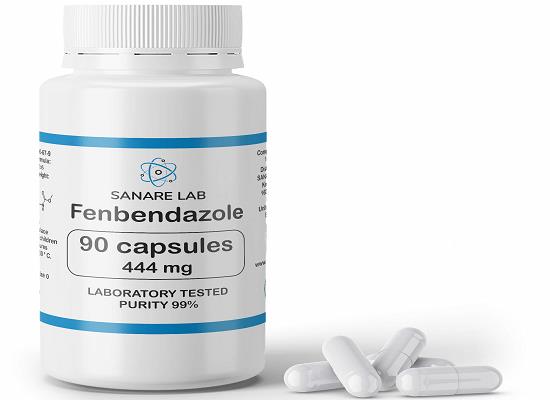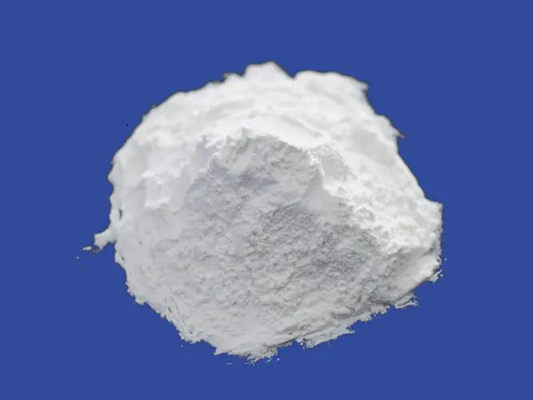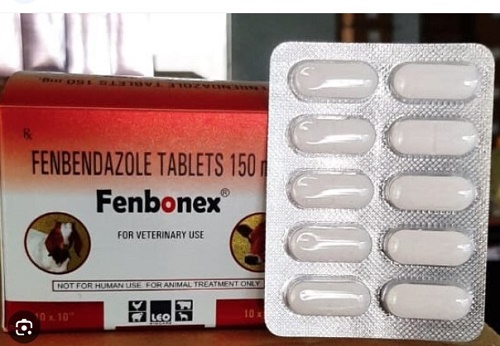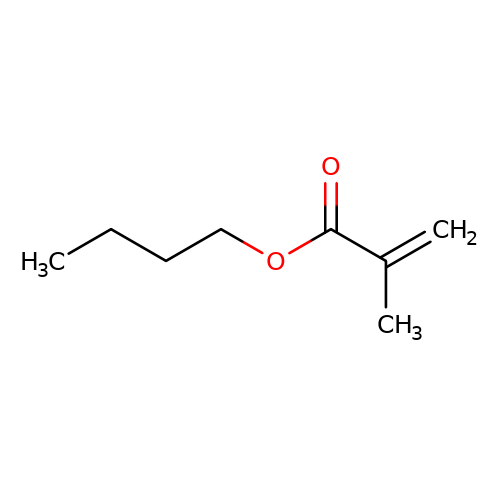Fenbendazole: A Comprehensive Overview of Its Chemistry, Synthesis, and Applications
Introduction
Fenbendazole, [5-(phenylthio)-1H-benzimidazol-2-yl]carbamic acid methyl ester, is widely used to treat pinworms, other helminthes, and a variety of parasitic infections in laboratory animals, livestock, companion animals, and people. Fenbendazole acts on helminthes primarily by binding to tubulin and disrupting the tubulin microtubule equilibrium; its utility as an antiparasitic drug results from differences in the structures of tubulin in mammalian cells and in lower organisms, which lead to its greater binding to tubulin, and therefore greater inhibition of polymerization, in the parasites. In addition, the limited absorption of fenbendazole from the intestine results in low levels of the drug and its active metabolites in tissue relative to the levels within the gut, to which the targeted parasites are exposed[1].

Figure 1 Characteristics of Fenbendazole
Oxidative Metabolism
The oxidative metabolism of fenbendazole (FBZ) was studied in hepatic fractions prepared from livers of cattle, sheep, goats, chickens, ducks, turkeys, rats, rabbits and catfish. All species produced the sulfoxide metabolite (oxfendazole; FBZ-SO), and p-hydroxyfenbendazole (FBZ-OH) was produced by all species except sheep. The product of demethoxycarbonylation, fenbendazole amine (FBZ-NH2), was not produced by liver preparations of any species. A fourth metabolite, resulting from the further oxidation of oxfendazole, fenbendazole sulfone (FBZ-SO2),was formed in all species but at highly varying rates. The chicken exhibited the highest overall rate of FBZ metabolism, followed by the duck, goat, sheep, steer, catfish, rat, rabbit, and turkey. Considerable variation was evident among avian species, the duck and turkey produced substantially less of the FBZ-OH and FBZ-SO2 metabolites than the chicken. Catfish liver preparations formed equivalent amounts of metabolite at 25°C and 37°C incubation temperatures. The formation of the sulfone metabolite (FBZ-SOP), however, was practically nonexistent in catfish[2].
Applications of Fenbendazole
Fenbendazole could physically associate with the cytoskeletal protein tubulin and disrupt the microtubule structure, a potential mechanism to kill parasites and tumors. Previous studies reported that microtubules play critical roles in the replication cycles of multiple viruses, including human immunodeficiency virus type 1 (HIV-1), vaccinia virus, rabies virus, and herpes simplex virus 1(HSV-1). HSV-1 virions consist of four structural components: DNA, capsid, tegument, and envelope. Upon HSV-1 infection, the cellular microtubules are reorganized and partially mediated by the viral regulatory protein ICP0. The incoming cytosolic capsids and tegument protein VP22 are transported along the microtubules to the nucleus. Both BoHV-1 and HSV-1 belong to the alphaherpesvirus subfamily, and they generally share many biological features. The requirement of microtubules might also be applied to BoHV-1productive infections. Thus, fenbendazole may inhibit BoHV-1 replication because of its strong capacity to disrupt microtubules.
During productive infection, the BoHV-1 genes are transcribed in an ordered cascade of immediate-early (IE), early (E), and late (L) genes, regulated by the viral and cellular transcriptional machinery. This study found that fenbendazole treatment had differential effects on the transcription of IE genes, including bICP0, bICP4, and bICP22, as well as the protein expression of various viron-associated proteins. These results are consistent with the findings that fenbendazole could broadly affect the early and late stages of a virus infection in a time-of-addition assay. The differential effects on viral gene transcription and protein expression are also in line with its antiviral activities[3].
References
[1]Duan, Qiwen, Yanfeng Liu, and Sara Rockwell. "Fenbendazole as a potential anticancer drug." Anticancer Research 33.2 (2013): 355-362.
[2]Short, C. R., et al. "The oxidative metabolism of fenbendazole: a comparative study." Journal of Veterinary Pharmacology and Therapeutics 11.1 (1988): 50-55.
[3]Dewormer drug fenbendazole has antiviral effects on BoHV-1 productive infection in cell cultures. doi:10.4142/jvs.2020.21.e72
You may like
Related articles And Qustion
Lastest Price from Fenbendazole manufacturers
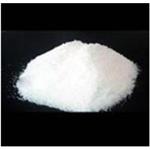
US $0.00-0.00/KG2025-12-21
- CAS:
- 43210-67-9
- Min. Order:
- 1KG
- Purity:
- 99%
- Supply Ability:
- kg

US $80.00/KG2025-08-08
- CAS:
- 43210-67-9
- Min. Order:
- 1KG
- Purity:
- 99
- Supply Ability:
- kg

